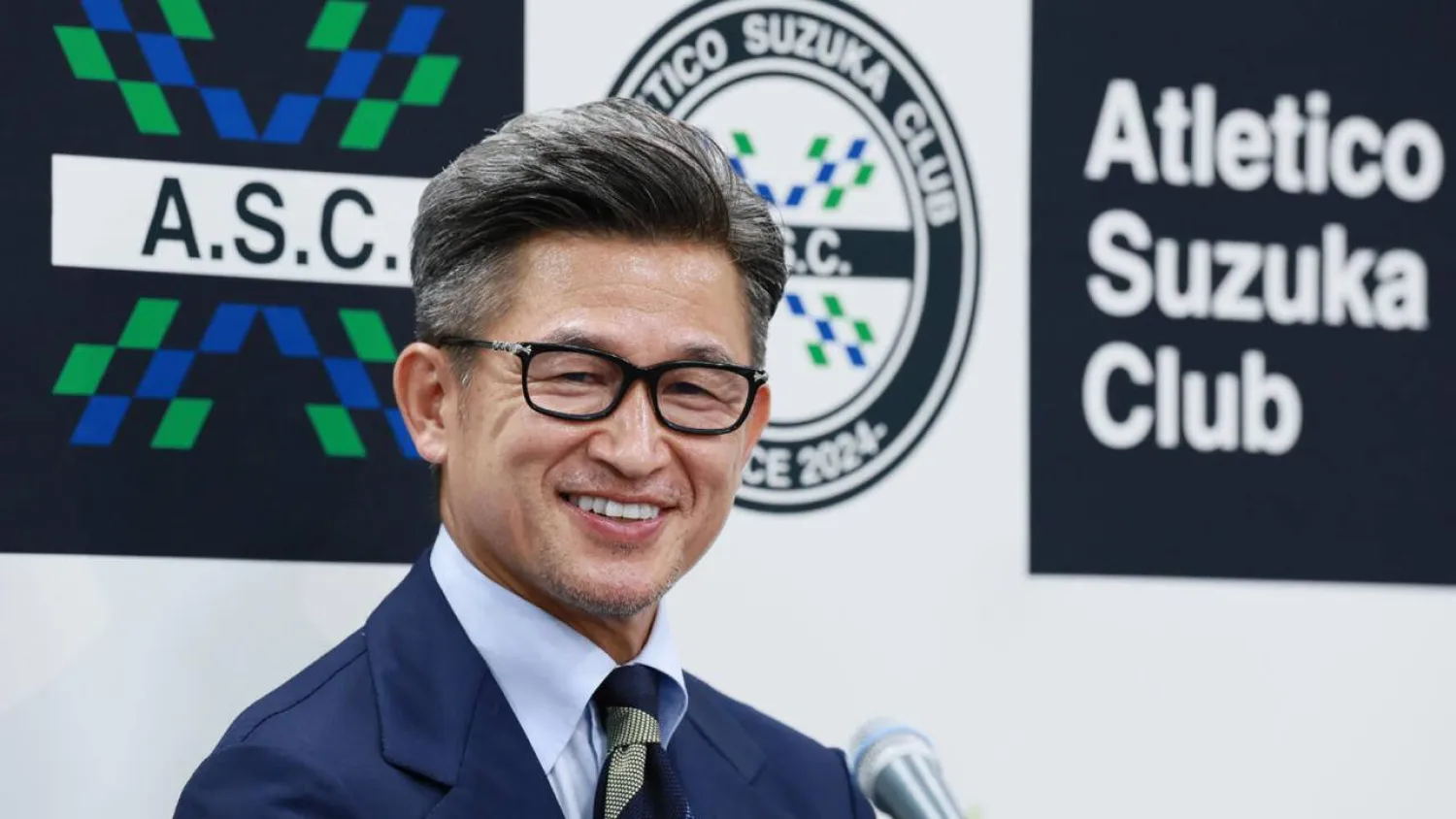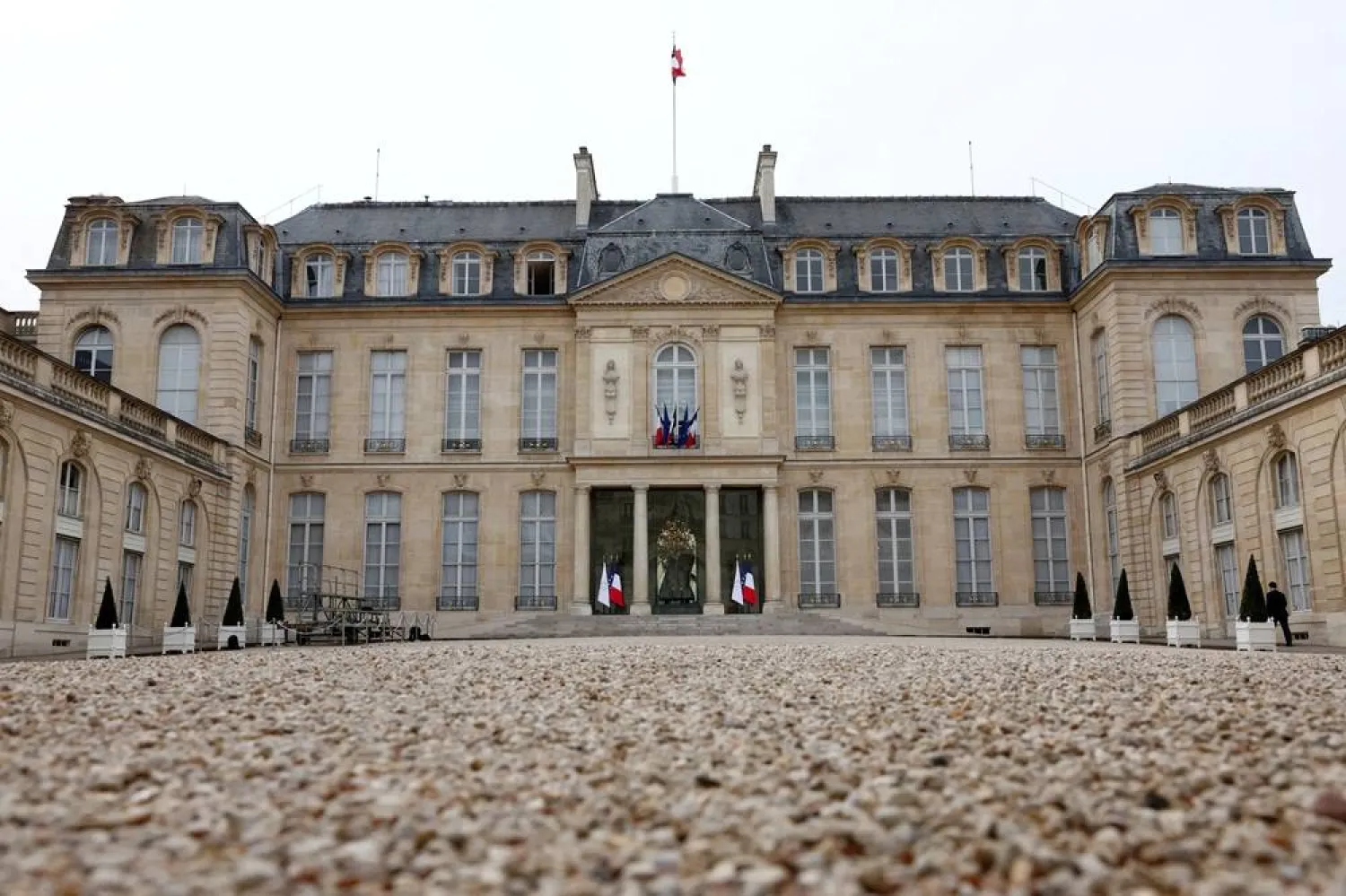Researchers at the University of Geneva (UNIGE), in collaboration with teams at ETH Zurich and Taiwan's National Chung Hsing University (NCHU), have achieved a significant advance in the fight against vitamin B1deficiency, frequently associated with a rice-based diet.
By specifically targeting the nourishing tissues of the rice grain, the scientists have succeeded in considerably increasing its vitamin B1content, without compromising agronomic yield.
These results, to be read in the Plant Biotechnology Journal, could help solve a major public health problem in regions where rice is the staple food, the Science Daily reported.
The laboratory of Teresa Fitzpatrick, full professor in the Department of Plant Sciences at the UNIGE Faculty of Science, specializes in vitamin biosynthesis and degradation pathways in plants.
Her group, in collaboration with a team from ETH Zurich and Taiwan's NCHU, focused on improving vitamin B1 content in the endosperm of rice.
''Previous attempts at biofortification by other teams had succeeded in increasing the vitamin B1 content of the leaves and bran -- the outer layer of rice grains -- but not that of the ready-to-eat rice grain. In our study, we specifically targeted the increase in vitamin B1 content in the endosperm,'' explains Teresa Fitzpatrick, first author of the study.
The scientists generated rice lines that express a gene that sequesters vitamin B1 in a controlled manner in the endosperm tissues.
After growing in glasshouses, harvesting and polishing the rice grains, they found that the vitamin B1 content was increased in rice grains from these lines.









